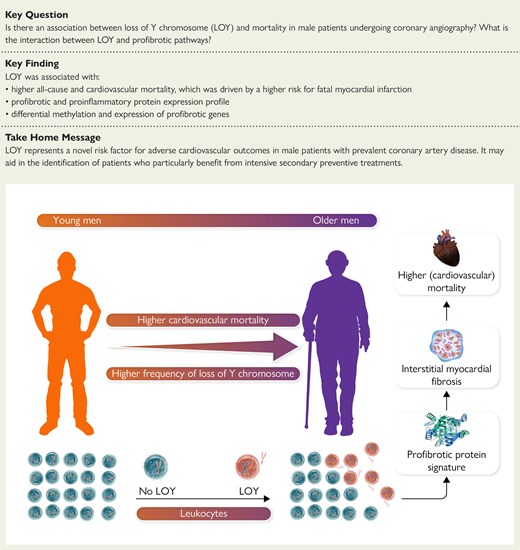2025-02-21 カロリンスカ研究所 (KI)
<関連情報>
- https://news.ki.se/breathing-and-vision-may-be-linked
- https://physoc.onlinelibrary.wiley.com/doi/full/10.1113/JP287205
T瞳孔の呼吸相反応:瞳孔の大きさは吸気開始時に最も小さく、呼気時に最も大きくなる he pupillary respiratory-phase response: pupil size is smallest around inhalation onset and largest during exhalation
Martin Schaefer, Sebastiaan Mathôt, Mikael Lundqvist, Johan N. Lundström, Artin Arshamian
The Journal of Physiology Published: 21 February 2025
DOI:https://doi.org/10.1113/JP287205

Abstract
Respiration shapes brain activity and synchronizes sensory and exploratory motor actions, with some evidence suggesting that it also affects pupil size. However, evidence for a coupling between respiration and pupil size remains scarce and inconclusive, hindered by small sample sizes and limited controls. Given the importance of pupil size in visual perception and as a reflection of brain state, understanding its relationship with respiration is essential. In five experiments using a pre-registered protocol, we systematically investigated how respiratory phase affects pupil size across different conditions. In Experiment 1 (n = 50), we examined nasal and oral breathing at rest under dim lighting with nearby fixation points, then replicated these results under identical conditions in Experiment 2 (n = 53). Experiment 3 (n = 112) extended this to active visual tasks, while Experiment 4 (n = 57) extended this to controlled breathing at different paces under ambient lighting with distant fixation. Finally, in Experiment 5 (n = 34), individuals with isolated congenital anosmia (born without olfactory bulbs) were used as a lesion-type model during visual–auditory tasks to assess whether the respiratory–pupil link depends on olfactory bulb-driven oscillations.
Across all conditions – free and controlled breathing; different tasks, lighting and fixation distances; and with and without olfactory bulbs – we consistently found that pupil size is smallest around inhalation onset and largest during exhalation. We term this effect the pupillary respiratory-phase response, the fourth known mechanism influencing pupil size, alongside the pupillary light, near fixation and psychosensory responses.
Key points
- The influence of respiration on pupil size dynamics has long been debated.
- In this study, we systematically investigated how pupil size changes across the breathing cycle through a series of five experiments, while varying tasks, lighting, fixation distance and brain region involvement.
- We show that pupil size is smallest around inhalation onset and largest during exhalation, with pupil dilatation occurring through most of inhalation and the early phase of exhalation, and pupil constriction occurring primarily during the latter part of exhalation.
- This pattern was consistent across all experimental conditions, demonstrating that it is robust and likely controlled by brainstem circuits.
- We term this effect the pupillary respiratory-phase response, the fourth known mechanism influencing pupil size.


